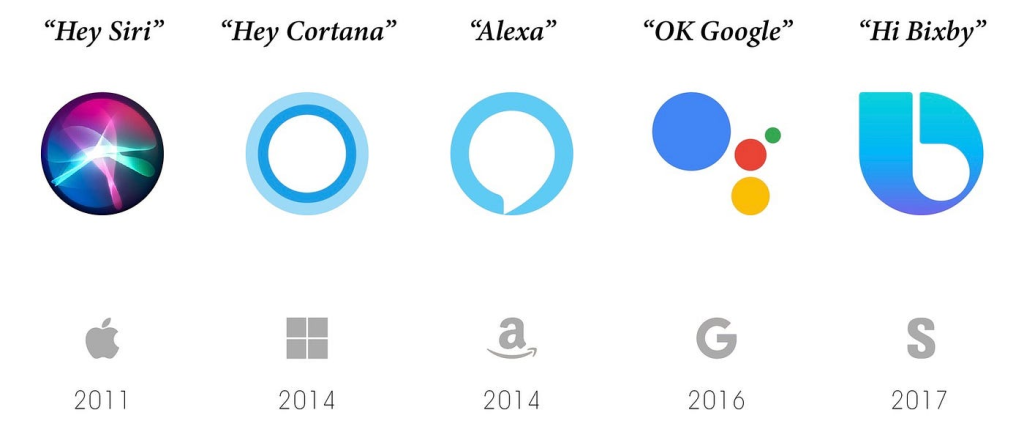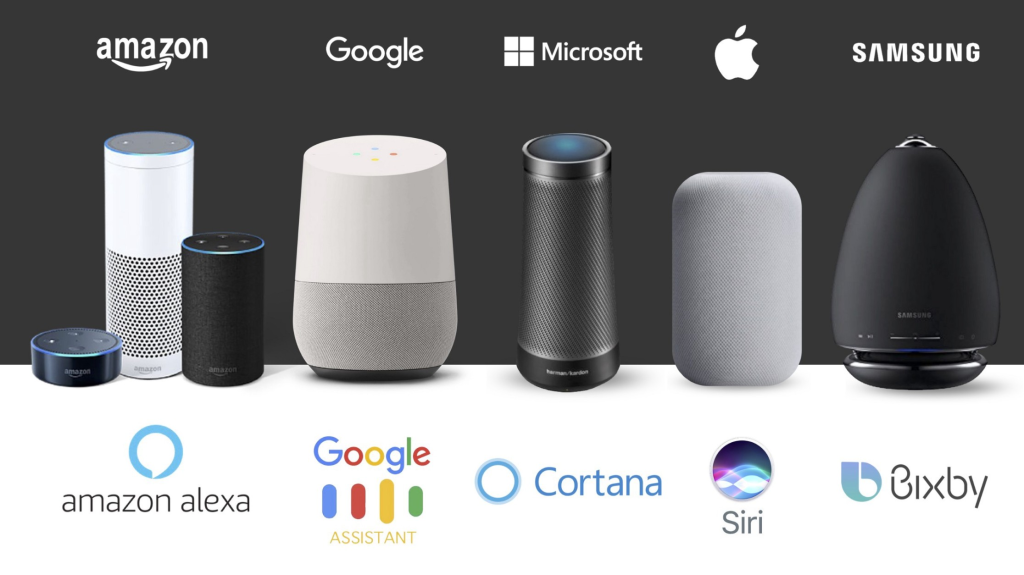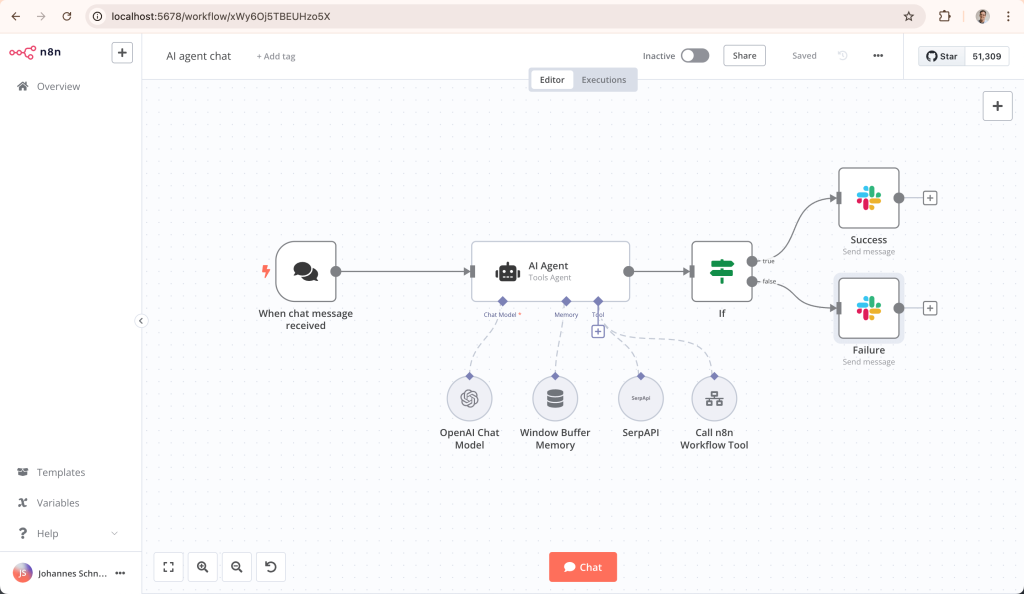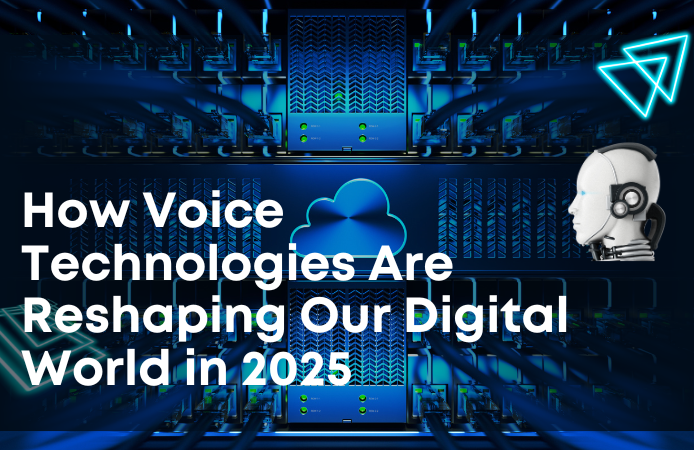Voice technology has come a long way, evolving from basic command-based systems to sophisticated conversational AI agents that feel almost human. The journey from early voice assistants like Siri in 2011 to today’s generative AI-powered systems is as transformative as the leap from flip phones to smartphones. Early iterations could handle simple tasks like setting alarms or playing music but often struggled with natural speech patterns or complex queries.
Today, however, AI voice agents are redefining how we interact with technology by delivering seamless, context-aware conversations. Platforms like Google Assistant are able to maintain multi-turn dialogues without losing context, while Siri, which can also do the same, ensures privacy alongside personalized responses. This leap is powered by advancements in natural language processing (NLP), machine learning, and contextual understanding, enabling these systems to respond and anticipate user needs in ways unimaginable just a few years ago. With over 8.4 billion digital assistants in use globally and projections to exceed 12 billion by 2026, voice AI has moved from convenience to necessity, reshaping industries and daily life alike. These systems are no longer just reactive tools; they are proactive partners capable of managing calendars, automating workflows, integrating into enterprise systems like CRMs, and even handling outbound and inbound interactions like sales calls or appointment scheduling

This article builds on my earlier exploration of AI agents and enterprise tools, diving deeper into the groundbreaking innovations reshaping industries today. As we explore the latest innovations in voice AI, it becomes clear that this technology is not just enhancing human-machine interaction—it’s fundamentally transforming it. These systems are redefining industries—from real estate and recruitment to facility management—by bridging the gap between human intuition and machine efficiency.
Let us explore how voice AI unlocks new possibilities and sets the stage for a future where speaking to technology feels as natural as breathing or speaking to a colleague or friend
The Voice AI Ecosystem: Five Technologies Reshaping How We Interact
The voice technology landscape has expanded far beyond simple smartphone assistants. Today’s ecosystem includes specialized tools serving distinct purposes – from managing your home to documenting crucial business meetings. This diversification has created a rich tapestry of voice-powered solutions that collectively transform how we interact with digital world.
Consumer Voice Assistants: Your Personal Digital Partners
Consumer voice assistants have evolved from novelty to necessity, becoming deeply integrated into daily routines for millions. With over 62% of U.S. adults regularly using these assistants, they’re no longer just gadgets but essential digital extensions of ourselves.
Each major platform offers distinct advantages:
• Google Assistant excels at natural conversation and deep Google ecosystem integration
• Apple’s Siri delivers privacy-first assistance across all Apple devices
• Amazon Alexa dominates the smart home space with unparalleled device compatibility
• Samsung’s Bixby provides seamless control of Samsung’s expanding product ecosystem
• Regional players like Yandex Alice showcase how voice AI adapts to specific language needs and cultural contexts
These assistants continue gaining capabilities through regular updates, growing smarter and more helpful with every interaction.

Smart Home Voice Control: Speaking Your Home to Life
Voice has become the natural interface for controlling our increasingly connected homes. The global smart home market has exploded past $115 billion, with voice control serving as the primary driver of adoption. The ability to control lighting, security, entertainment, and appliances through natural speech has transformed home automation from a technical hobby to mainstream convenience.
The leading platforms have created distinct approaches:
• Amazon Alexa offers the broadest device compatibility with over 100,000 compatible products
• Google Assistant shines with its Nest ecosystem and intelligent routines
• Apple HomeKit with Siri provides the most secure, privacy-focused experience
• Samsung SmartThings with Bixby creates seamless experiences with Samsung appliances
These systems now learn your preferences and patterns, automatically adjusting your environment based on time of day, weather, or your specific habits – all accessible through simple conversations.

Enterprise Voice Assistants: Business Transformation Through Voice
Voice AI has moved beyond consumer convenience to become a business transformation tool. Companies implementing AI voice assistants are seeing cost reductions up to 30% while simultaneously improving customer satisfaction. These enterprise systems handle everything from customer inquiries to internal workflow automation.
The enterprise voice landscape includes specialized players:
• PolyAI creates human-like voice assistants that handle complex customer service conversations
• Spitch delivers secure voice solutions for regulated industries like finance and healthcare
• VOCALLS integrates voice capabilities directly into CRM systems
• Nuance (now Microsoft-owned) specializes in healthcare voice documentation
• Cognigy.AI provides scalable, multilingual voice automation for global businesses
• VAPI.ai is emerging as a versatile solution for voice application integration across business systems

Voice-to-Text Transcription: Turning Conversations into Actionable Data
Modern voice-to-text systems have achieved near-human accuracy, even with multiple speakers, background noise, and specialized terminology. This technology has become essential in professional environments where documentation matters – from medical notes to legal proceedings to business meetings
With the market projected to reach $53.5 billion by 2030, leading platforms are continually raising the bar:
• Google Speech-to-Text API handles over 120 languages with industry-leading accuracy
• Microsoft Azure Speech Services combines transcription with sentiment analysis
• IBM Watson Speech to Text excels with specialized industry vocabularies
• AssemblyAI offers developer-friendly features like automatic summarization
• Rev.ai provides human-verified accuracy for critical applications
These solutions integrate directly into workflow systems, turning spoken words into searchable, shareable, and actionable business intelligence.

AI Meeting Assistants: Conversation Intelligence for Remote Teams
As remote and hybrid work becomes standard, AI meeting assistants have emerged as essential productivity tools. With 70% of knowledge workers attending multiple virtual meetings daily, these assistants provide automatic documentation, highlight key decisions, and generate actionable follow-up items and tasks.
Leading solutions include:
• Otter.ai for real-time transcription and collaborative note-taking
• Fireflies.ai for CRM integration and automated follow-up creation
• TeamsMaestro for secure, enterprise-grade Microsoft Teams enhancement
• Avoma for conversation intelligence and coaching insights
• tl;dv for easy video highlight creation and sharing
These tools aren’t just convenience features – they’re fundamentally changing how teams collaborate, ensuring nothing gets lost and everyone stays aligned regardless of time zone or meeting attendance.

Navigating the Ethics of Voice AI: Trust as a Design Principle
As voice technologies become more integrated into our lives, the ethical dimensions grow more significant and become a necessity for consideration. Building voice AI responsibly is not just the right thing to do – it is essential for sustainable adoption and user trust. The industry’s approach to these challenges will determine whether voice becomes our most trusted interface or raises persistent concerns. So here are some issues to consider while building Voice AI systems.
Privacy by Design: Protection in Every Interaction
Voice systems process incredibly personal information – from health questions to financial transactions to private conversations. This makes privacy protections essential, not optional. Today, Apple has led with on-device processing that limits cloud data sharing, while Google and Amazon have improved transparency around data collection and retention.

A Mozilla study found gaps in many smart speakers’ privacy practices, highlighting the need for:
• Clear, accessible privacy controls
• Transparent data retention policies
• Minimized data collection for core functionality
• Easy options to review and delete voice history
Ethical Practices in Voice AI is a deciding factor and helps providers gain a competitive advantage as users increasingly factor trust into purchasing decisions.
Breaking the Bias Barrier: Voice AI for Everyone
Voice recognition still struggles with certain accents, dialects, and speech patterns. Stanford research shows significant accuracy disparities for African American Vernacular English compared to standard American English. This also occurs in Asian accents when interacting with AI platforms. These technical limitations become equity issues when voice becomes a primary interface for essential services.
Addressing bias in voice AI platforms requires:
• Diverse training data representing different accents, dialects, and speech patterns
• Testing with representative user groups in real-world conditions
• Continuous monitoring and improvement of performance across demographics
• Alternative access methods when voice recognition fails
The most responsible voice AI developers acknowledge these challenges openly and invest in solutions that work for all users.
User Control and Transparency: Clear Communication
People want to know when they’re interacting with AI, what happens to their data, and how to adjust settings to match their preferences. Yet, Pew Research found that 81% of Americans feel they have little control over how companies use their personal data.
Building trust through transparency means:
• Clear indicators when systems are listening or recording
• Simple controls to mute or pause voice systems
• Straightforward processes to review and delete data
• Plain-language explanations of data usage and privacy implications
When users understand and control their voice AI experiences, adoption increases and concerns decrease – creating a win-win for both users and developers.
Conclusion
Voice AI has transcended its role as a convenience tool to become a transformative force across industries, reshaping how businesses operate and how individuals interact with technology. From automating workflows to providing deeply personalized experiences, these systems are now indispensable in healthcare, finance, education, retail, and beyond. As we stand on the cusp of even greater advancements, the potential for voice AI to revolutionize industries further is boundless. But this is just the beginning— we are now beginning to see innovations in AI voice agents, which are not only solving today’s challenges but also unlocking opportunities we have yet to imagine.
In the next part of this series, we’ll dive deeper into the real-world applications of voice AI across key industries. From reducing physician burnout in healthcare to transforming customer experiences in retail and enhancing safety in automotive systems, we’ll explore how voice AI is solving complex problems and driving innovation at scale.
By ‘Tosin Shobukola
Tosin Shobukola is a seasoned leader in Enterprise Technology Solutions and business innovation, with over 17 years of experience across multiple industries. Currently leading ApreeCourt Solutions, he crafts innovative solutions that drive digital transformation, artificial intelligence, and data analytics. His tenure at Microsoft saw him revolutionise cloud solutions, saving clients significant costs. As the founder of Analytics Africa (a Social Enterprise company), he fosters talent and inclusivity in data analytics. With diverse interests, including hosting a podcast and community service, Tosin is a thorough-bred professional with global impact who embodies excellence and innovation, poised to propel organizations to unparalleled success.
**Image rights belong to the respective owners



